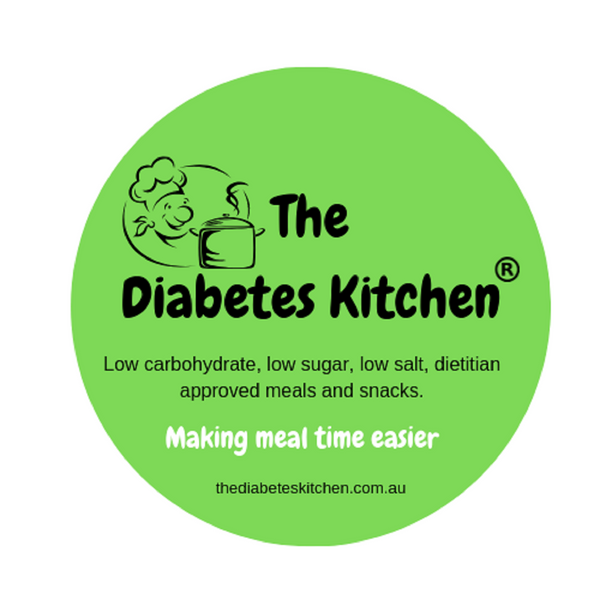Many people enjoy fruit as part of a healthy and balanced diet everyday, as they contain many vitamins and great nutrients.
However, there are certain fruits that can be considered a "danger" to diabetic people due to their high glycaemic index.
There are two main types of diabetes. Type one happens when the cells that produce insulin, which regulates blood sugar levels, are broken down by the body instead.
Type two diabetes occurs when blood glucose stays too high. This can happen when the body does not produce enough insulin.
It can also happen when the body cannot properly use the insulin it produces. Being overweight or inactive can increase your risk of developing type two diabetes.
It is recommended for people with diabetes to include a range of fruit in their diet, but health experts have advised patients to be wary of fruits that have a higher glycaemic index (GI).
The GI is a rating system to show how quickly foods containing carbohydrates affect your blood sugar level when eaten on their own.
High GI foods break down very quickly causing blood glucose levels to rise sharply. People with diabetes refer to sharp rises in blood sugar levels as ‘spikes’ in blood sugar.Furthermore, for those who produce their own insulin, high GI foods can force the body to try to produce a surge of insulin to counteract the fast-acting carbohydrates and a common consequence of this is a feeling of hunger within two to three hours, which can leave the dieter craving more food.
High GI fruits include:
-
Bananas
-
Oranges
-
Mango
-
Grapes
-
Raisins
-
Dates
-
Pears
Fruits with a lower GI include the likes of:
- Berries
- Plums
- Kiwi fruit
- Grapefruit
As low GI foods tend to break down more slowly, they are less likely to cause a rapid increase in blood sugar levels compared to high GI foods and therefore they are a better option for keeping stable blood glucose levels.
Favouring low GI foods over high GI foods leaves you feeling more satisfied over a longer period of time, and less likely to feel hungry before the next meal.
Other examples of high GI foods include:
-
Sugar and sugary foods
-
Sugary soft drinks
-
White bread
-
Potatoes
-
White rice

